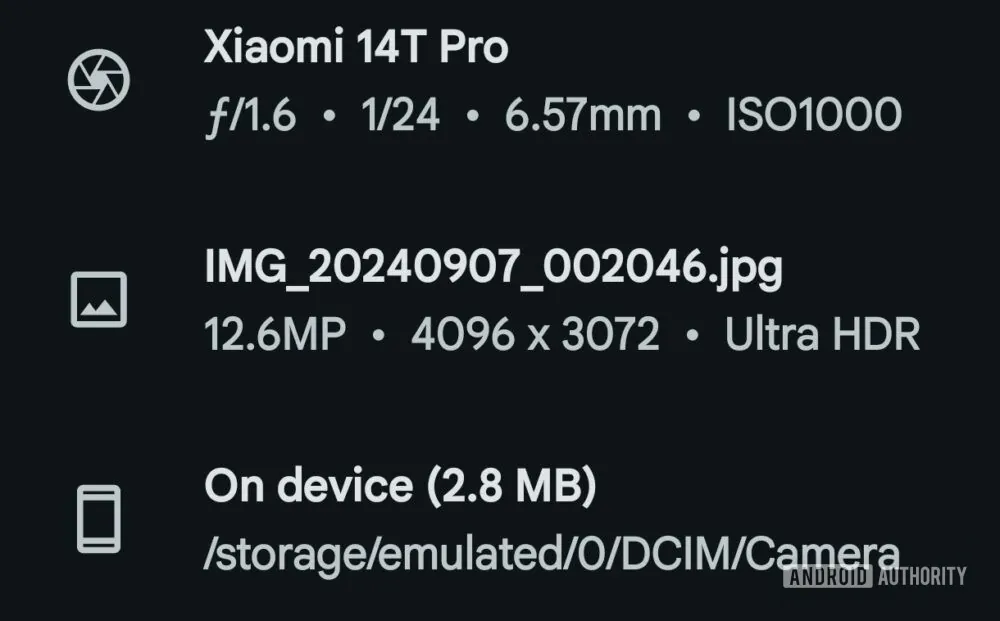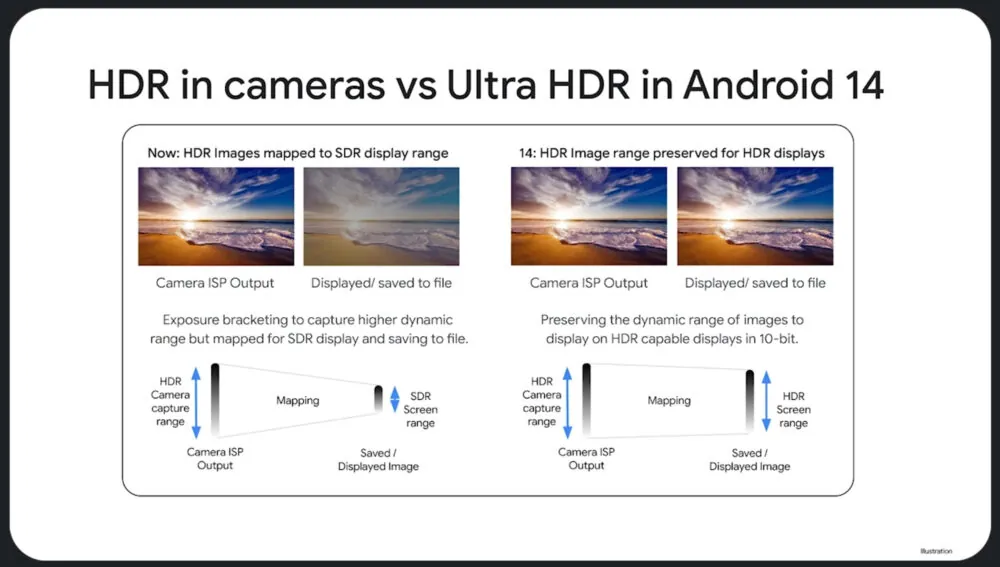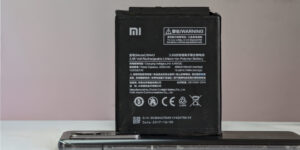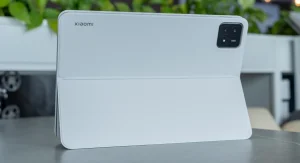Among the many notable features of Android 14, there comes a paradigm-shifting image format from Google called Ultra HDR. Ultra HDR helps maintain the vibrant colors or rich contrast that modern high-end smartphones can capture while guaranteeing compatibility with older devices lacking HDR displays. This will make photos pop on flagship devices and look great on legacy phones.
This year, Xiaomi has gone all-in on this format, recently crowned the world’s second-largest smartphone maker by Counterpoint Research, and has included Ultra HDR in many flagship devices. Those include the Xiaomi 14 series, Xiaomi Mix Flip, Xiami Mix Fold 4, and recently announced Xiaomi 14T series.
Ultra HDR Support in Xiaomi Flagship Devices
As for the recently released Xiaomi models, we can assure that Xiaomi 14 Ultra, Xiaomi Mix Flip, and Xiaomi 14T Pro support Ultra HDR photography. Right away, these devices let their users shoot highly detailed images with rich contrast that can be shared and viewed in all its glory across other HDR-capable devices, including Google Pixel, Samsung Galaxy, and OnePlus flagships. Curiously, the regular Xiaomi 14 still is not featuring Ultra HDR, and neither did last year’s Xiaomi 13T Pro. There’s no confirmation on Xiaomi MIX Fold 4, but it should include this feature.
Why Ultra HDR Matters
The real advantage of Xiaomi using Ultra HDR comes in photo-sharing: shoot an image on a Xiaomi flagship today, and you can send it to friends sporting other HDR-capable phones with the confidence that they’ll see the same stunning image you have captured. If they have a Google Pixel, Samsung Galaxy, or OnePlus, for instance, the same enhanced contrast and color depth will be seen.
Similarly, Ultra HDR photos clicked from other phones too can be viewed with the same sharpness and color intensity on Xiaomi phones.
Camera Applications and Application Ultra HDR Support
Now, as it usually goes with new formats, the limitations also include: As of now, Ultra HDR photos are captured using only the HyperOS Camera app which is Xiaomi’s native camera app. Google works to bring the Ultra HDR through third-party camera apps, but it is going to take some time to adopt this new standard by the app developers.
There’s also the issue of app compatibility: many messaging apps and social platforms still don’t support Ultra HDR, which means they strip away the HDR metadata, leaving you with regular JPEG images. Instagram and Threads are among the few that now do support Ultra HDR images.
Thankfully, the stock gallery app from Xiaomi does allow for basic editing like cropping and rotating of Ultra HDR images without losing HDR data. And Google Photos is slowly catching up, if rumors are to be believed, in fact all the way up to adding more advanced editing capabilities with Ultra HDR images soon.
Ultra HDR in Prospect
That Xiaomi has finally decided to include support for Ultra HDR is a step in the right direction for the industry of smartphone devices. Being one of the largest smartphone brands around the world, Xiaomi will no doubt drive other manufacturers and developers to adopt the format more widely. The next logical step would be for Ultra HDR to trickle down from flagship models to mid-range and budget devices and make high-quality photo sharing available to one and all.
In the future ahead, Google may very well make Ultra HDR support a requirement via an upcoming version of Android-much like how they are making it a requirement for some new devices launching with Android 15. This way, it is certain that HDR imagery will be able to become a norm across all Android devices, thereby further enhancing the mobile photography experience. But by pushing Ultra HDR support, Xiaomi isn’t just upgrading its flagship devices; it’s nudging the whole ecosystem of technology to go forward with the way we’ll share and view our photos. With Ultra HDR still rolling out, the future of mobile photography just got a lot brighter.

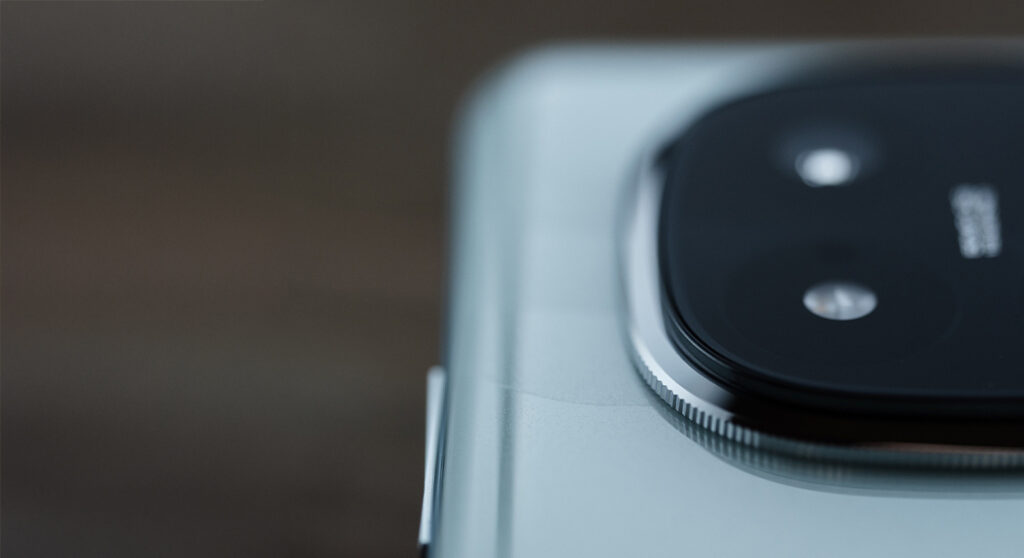
 Emir Bardakçı
Emir Bardakçı